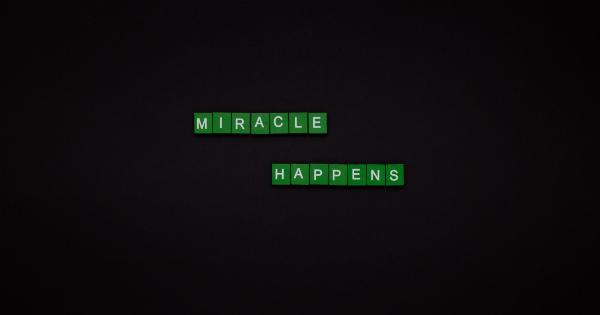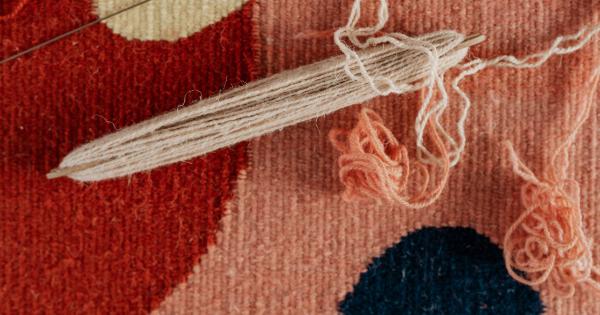Presbyopia is a common vision condition that occurs as you age. It is a natural part of the aging process and typically manifests around the age of 40.
Presbyopia affects your ability to focus on nearby objects, making it difficult to read or perform tasks that require close-up vision.
The primary cause of presbyopia is the hardening of the lens in the eye. As you age, the lens loses its flexibility, making it challenging to adjust its shape to focus on nearby objects.
Other factors that can contribute to the development of presbyopia include genetics, diabetes, and certain medications.
Diagnosing Presbyopia
If you are experiencing difficulties with near vision, it is important to consult with an eye care professional for a comprehensive eye exam.
During the examination, the optometrist or ophthalmologist will evaluate your near and distance vision, check the health of your eyes, and determine the extent of your presbyopia.
The most common method of diagnosing presbyopia is through a visual acuity test. This test involves reading letters or numbers from a chart placed at a specific distance.
Additionally, the eye care professional may conduct a refraction test to determine your exact prescription for glasses or contact lenses.
Presbyopia Treatment Options
While presbyopia is an unavoidable part of the aging process, there are several treatment options available to help you regain clear vision and improve your quality of life.
1. Eyeglasses
Eyeglasses with reading lenses are a simple and effective treatment option for presbyopia. These lenses are specifically designed to correct near vision and are available in various strengths.
Your eye care professional will prescribe the appropriate strength of reading glasses based on your specific vision needs. It is important to have regular eye exams to ensure that your prescription remains accurate as your vision may change over time.
2. Contact Lenses
If you prefer not to wear eyeglasses, another option is to use contact lenses. There are several types of contact lenses available for presbyopia, including bifocal or multifocal lenses.
These lenses provide multiple focusing powers to help with both near and distance vision.
Your eye care professional can help you determine the best type of contact lenses for your specific needs and lifestyle. It is important to follow proper hygiene and care instructions to avoid eye infections or complications.
3. Monovision
Monovision is a technique that involves wearing a contact lens on one eye for distance vision and a contact lens on the other eye for near vision.
This allows each eye to perform its specific function, providing clear vision at both near and far distances.
This technique may take some time for your brain to adapt to, as it will need to adjust to using different eyes for different distances. However, many individuals find monovision to be an effective solution for presbyopia.
4. Refractive Surgery
Refractive surgery is a more permanent solution for presbyopia. There are different types of refractive surgery options available, such as LASIK, PRK, or intraocular lens implants.
LASIK and PRK involve reshaping the cornea to improve vision, while intraocular lens implants involve replacing the natural lens with an artificial lens.
These surgeries aim to provide clearer vision at various distances, reducing or eliminating the need for glasses or contact lenses.
Preventive Measures for Presbyopia
While presbyopia cannot be entirely prevented, there are some preventive measures you can take to maintain good eye health and delay the progression of presbyopia:.
1. Regular Eye Exams
It is essential to have regular eye exams, even if you are not experiencing any vision problems. Routine eye exams help detect early signs of eye conditions and allow for timely treatment.
2. Healthy Lifestyle
Adopting a healthy lifestyle can significantly contribute to maintaining good eye health. Eat a balanced diet rich in fruits, vegetables, and omega-3 fatty acids. Exercise regularly and avoid smoking, as it can increase the risk of eye conditions.
3. Reduce Eye Strain
Take frequent breaks when performing close-up tasks, such as reading or using electronic devices. Follow the 20-20-20 rule, which suggests looking at something 20 feet away for 20 seconds every 20 minutes to reduce eye strain.
4. Proper Lighting
Ensure proper lighting when performing tasks that require near vision. Use adequate lighting to read or work and avoid strain on your eyes due to insufficient or excessive lighting.
Seeking Professional Advice
If you are experiencing vision changes or difficulties with near vision, it is important to consult with an eye care professional. They can evaluate your condition, provide a proper diagnosis, and recommend the most suitable treatment options.
Remember, presbyopia is a natural part of the aging process, but with the right treatment and preventive measures, you can regain clear vision and continue to enjoy a high quality of life.





























